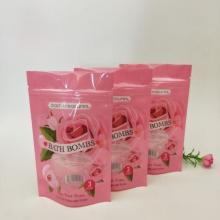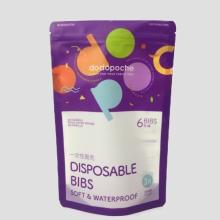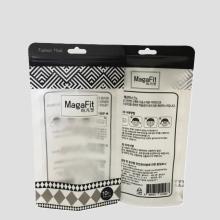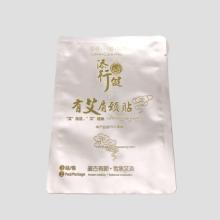Daily necessities packaging is a general term for a series of materials and technical means used to wrap, contain, and protect consumer goods for daily use. These consumer goods include, but are not limited to, food, beverages, personal care products, household cleaning products, stationery, small household appliances and so on. Excellent daily necessities packaging design needs to take into account the characteristics of the product, the needs of the target market, logistics conditions and environmental requirements, in order to achieve the unity of safety, convenience, aesthetics and environmental protection. The main materials for daily necessities packaging are:
- plastic: plastic is one of the most widely used packaging materials for daily necessities, due to its lightweight, low cost, plasticity and other advantages.
- paper-based materials: paper and cardboard are preferred for environmentally friendly packaging because of their good printing performance, recyclability and biodegradability.
- composite materials: in order to combine the advantages of different materials, composite packaging materials have emerged, such as aluminium foil composite film, paper-plastic composite materials, etc., which are widely used in the packaging of food and pharmaceuticals to provide better shelf-life and protective properties.





